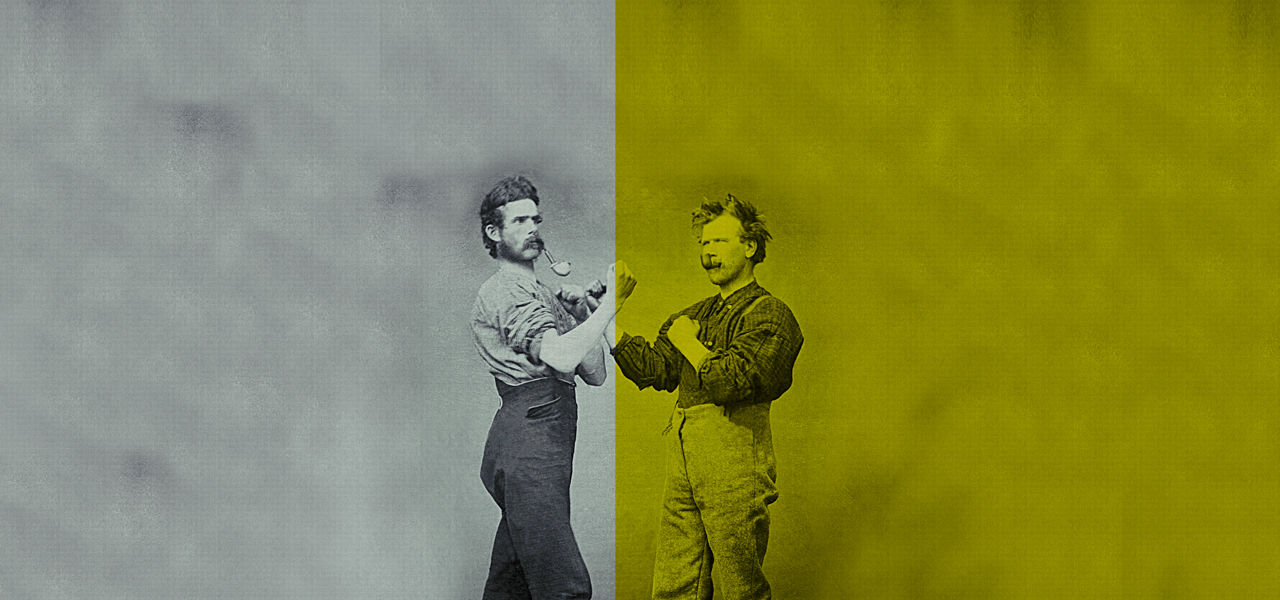Shotokan Karate Stances PDF Free: Master the Different Types of Karate Stances
- sarasanders97
- Aug 13, 2023
- 1 min read
The body weight is mainly on the back leg, with the heel of the front foot just lightly touching the floor. Weight distribution is very similar with the two shotokan karate stances, renoji Dachi (L shape stance) and Teiji dachi (T shape stance).
Free sparring (or free style) (jiyu kumite) is the last element of sparring learned. In this exercise, two training partners are free to use any karate technique or combination of attacks, and the defender at any given moment is free to avoid, block, counter, or attack with any karate technique. Training partners are encouraged to make controlled and focused contact with their opponent, but to withdraw their attack as soon as surface contact has been made.[17] This allows attacking a full range of target areas (including punches and kicks to the face, head, throat, and body) with no padding or protective gloves, but maintains a degree of safety for the participants. Throwing one's partner and performing takedowns are permitted in free sparring, but it is unusual for competition matches to involve extended grappling or ground-wrestling, as Shotokan karateka are encouraged to end an encounter with a single attack (ippon), avoiding extended periods of conflict, or unnecessary contact in situations where there may be more than one attacker.
shotokan karate stances pdf free
2ff7e9595c

Comments